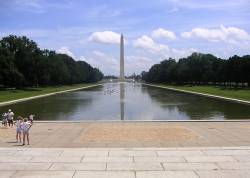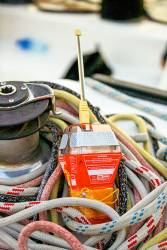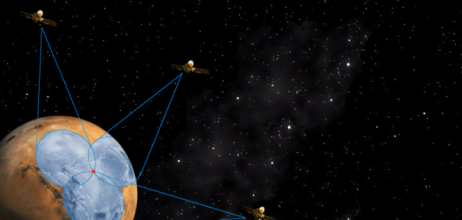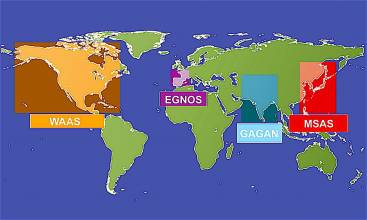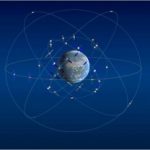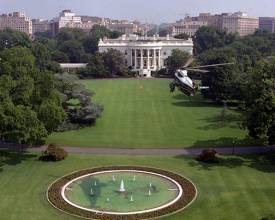Hemisphere GNSS Introduces IronOne Rugged Display & Computer
 IronOne Rugged Display & Computer. Photo source: Hemisphere GNSS, Inc.
IronOne Rugged Display & Computer. Photo source: Hemisphere GNSS, Inc.Scottsdale, Arizona-based Hemisphere GNSS, Inc. introduced its IronOne Rugged Display & Computer for machine control applications at this week’s CONEXPO-CON/AGG 2017 in Las Vegas, Nevada.
Purpose-built for harsh machine control environments, IronOne meets IP67-standard certification and uses an 8” sunlight-readable LCD display. IronOne adds another system component and empowers heavy equipment manufacturers to deliver their own machine control and guidance solutions to their customers.
By Inside GNSS


